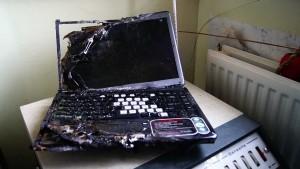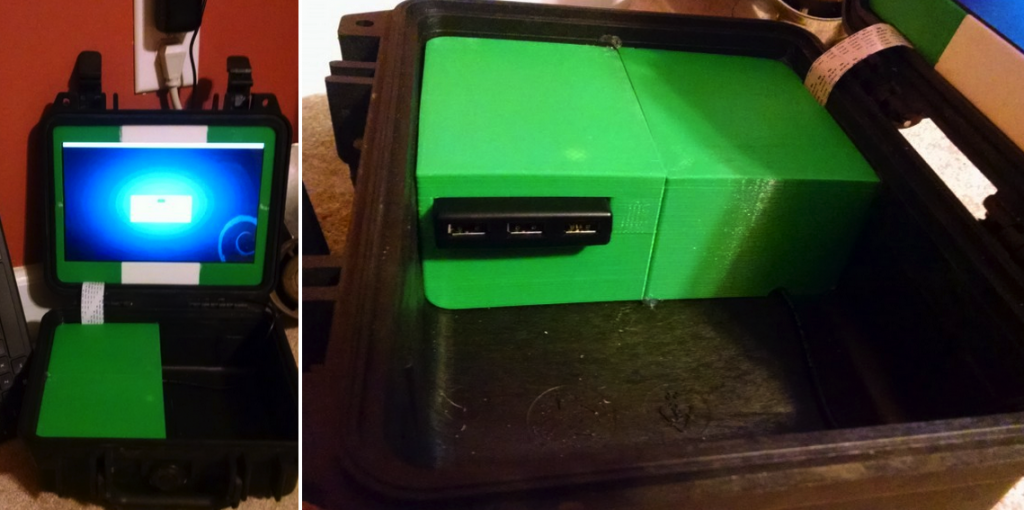
“You’re in the elements, facing wind, rain, and salt spray, sometimes on an open boat far out in the Atlantic. I don’t like going out on the water with my laptop,” he explains. “Losing it would be frustrating and time consuming. It’s tough, but it’s not tough-as-nails. And it’s definitely not cheap. So I tapped into the wealth of Maker experience I’ve accumulated over the last few years and built a new one, using a single board computer, some extra peripherals, and a 3D printer. And I shoved the whole thing into a Pelican case.”
He calls his creation the BeagleBox and it cost him about $200 to build. Compare that to the costs of the field computers used by the military (another group of people with a history of putting laptops through difficult circumstances) and it’s practically free.
“Building a BeagleBox is pretty simple,” Thaler says. “The heart of the machine is a BeagleBone Black, a small, single board computer. You are definitely not going to be blown away by its 1GHz processor, but we’re not building a high-throughput genome analyzer here, we’re building something that can handle the basics and get beat to hell.”
“To assemble the shell, I use SciGrip4 acrylic solvent and hot glue, but any adhesive will do. Hot glue seems to take to PLA particularly well. The small tab brackets go on the back of the screen mount, and both hold the frame together and keep the screen in place. The main shells slot into the Pelican case and are helped on with a little bit of hot glue. The USB hub slides through the late rectangular port and the power cord comes out the small semi-circle,” Thaler explains.
Thaler is quick to admit that the creation has drawbacks–but, as my father always says, “You can have anything you want, you just can’t have everything you want.” And, of course, Thaler encourages people to build their own and improve (and share) the design, sharing his experience online. There’s some field data you just can’t get without a computer and this is the machine you want for just those circumstances. Let us know your thoughts on this creation in the 3D Printed Field Ready Computer forum thread over at 3DPB.com.
